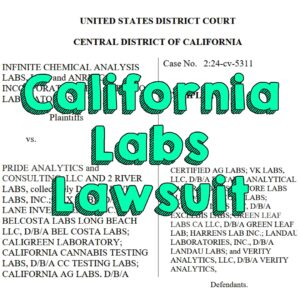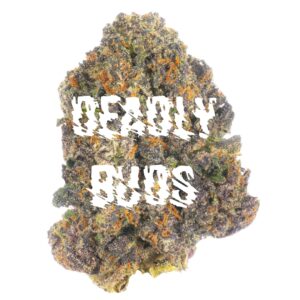This week I want to go back to Dr. Bruce Bugbee and the benefits of growing cannabis under LEDs. He is a well-known researcher in the field of plant physiology and crop science, and he has conducted studies on various aspects of plant growth, including the effects of LED lighting on hemp. His research has contributed valuable insights into optimizing light conditions for plant growth, especially in controlled environments like indoor cultivation facilities. I mean he’s been working with NASA for 30 years to develop ways to cultivate on other planets – The guy knows his shit. A broad overview of the things he’s been researching are as follows:
- Veggie Plant Growth System (Veggie):
- Dr. Bugbee has been involved in research related to the Veggie experiment on the International Space Station (ISS). Veggie is a plant growth system that uses red, blue, and green LED lights to provide the necessary light spectrum for plant growth. This research aims to understand how different crops respond to controlled lighting conditions in microgravity.
- Advanced Plant Habitat (APH):
- The Advanced Plant Habitat is another space-based plant growth system on the ISS. Dr. Bugbee has contributed to studies using APH to investigate the impact of light quality, temperature, and other environmental factors on plant growth in space conditions.
- LED Lighting for Space Agriculture:
- Given his expertise in horticultural lighting, Dr. Bugbee’s research often involves optimizing LED lighting systems for space agriculture. This includes studying the effects of different light spectra on plant growth, nutrient utilization, and overall crop yield in microgravity environments.
To drill deeper into some of Dr. Bugbee’s research let’s talk about how different wavelengths of light and photons effect overall cannabis growth.
- Photosynthesis Efficiency:
- Different wavelengths of light have varying effects on photosynthesis. Chlorophyll, the pigment responsible for photosynthesis, absorbs light most efficiently in the blue and red spectra.
- Cannabis plants benefit from a balance of blue and red light during the vegetative stage for robust vegetative growth.
- Dr. Bugbee and other researchers working with him have explored how different light spectra, achievable with LED technology, can influence the growth, development, and cannabinoid production in hemp plants. Tailoring the light spectrum to the specific needs of different growth stages is a key focus.
- Flower Production:
- During the flowering stage, cannabis plants require a shift in the light spectrum to include more red light. This helps stimulate flowering and the production of buds.
- Red light is particularly important for promoting flowering in plants.
- Dr. Bugbee’s studies have examined how specific light spectra, intensities, and durations influence cannabinoid content in hemp plants. Dr. Bugbee’s department at USU processes hemp into CBD oil and then passes it off to Professor Karen Wilcox, chair of the University of Utah’s Department of Pharmacology and Toxicology. From there the cannabinoids are studied. His goal is to not only produce a superior plant for fiber but one that can also provide some medicinal qualities.
- Dr. Bugbee’s LED lighting studies on hemp include assessments of overall yield, plant morphology, and the quality of harvested material. This includes considerations of THC levels, which are regulated by federal law, something that his university must adhere to.
- Light Intensity and Quality:
- Dr. Bugbee emphasizes the importance of providing the right light intensity along with the appropriate spectrum. Insufficient light can limit photosynthesis, while excessive light may lead to photobleaching and other stress-related issues. We often see photobleaching when there is an overabundance of red spectra during the flowering stage.
- Role of Photons:
- Cannabis plants respond to the total amount of photons (light intensity) they receive. It’s not only about the specific wavelengths but also about the overall quantity of light.
- Photon flux density (PFD) is a measure that quantifies the amount of light (photons) falling on a specific area over a given time. PFD provides insight into the intensity of light available for photosynthesis and other plant processes in the cannabis plant. While cultivating, it is a crucial parameter for assessing the impact of light on plant growth and development, helping to optimize light conditions in controlled environments such as indoor cultivation settings. Adjusting the PFD based on the growth stage is crucial. Higher PFD is often required during the flowering stage compared to the vegetative stage.
- Balancing Spectrum for Quality and Quantity:
- Dr. Bugbee emphasizes the importance of balancing both the quality and quantity of light for optimal plant growth and yield.
- Providing a full spectrum of light that includes blue, red, and some green wavelengths can contribute to overall plant health.
To access the specific studies and findings by Dr. Bruce Bugbee, I’d recommend checking out his scientific journals or the official website of Utah State University, where Dr. Bugbee is associated. He’s got a really great YouTube channel that breaks down some of his research which is really worth a watch.
Stay safe and stay stoned!


